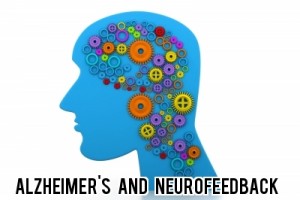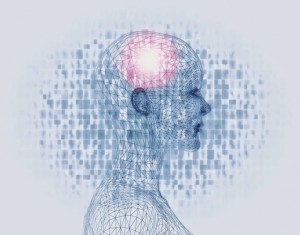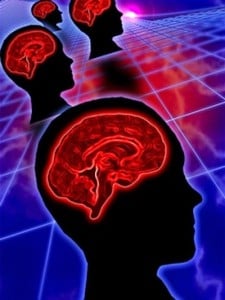Recent studies have estimated Alzheimer's disease to be the third leading cause of death among the elderly, just behind cancer and heart disease, affecting more than 5 million Americans today. Alzheimer's disease is a progressive disorder of the brain that compromises memory and cognitive functioning. Degenerative changes occur in the brain, making every day activities more and more challenging until the person becomes unable to care for themself. Additionally, Alzheimer's is the leading cause of dementia in the elderly population, accounting for 60%-70% of dementia cases, which results in further loss of cognitive functioning. Even the easiest, most commonly performed tasks in a person's life become impossible.
Mother of David*, age 18, describes improvements after neurofeedback sessions:
"David is almost nineteen years old. At 245 pounds, he’s a big boy. Sometimes he acts like a giant 3 year old, although he can find any obscure website effortlessly. His interests range from sports to Bill Nye to obnoxious games and comedy shows. Which he likes to repeat. A lot. His biggest problem is expressive language. All the words seem to be in there, but they don’t come out in the form of sentences. Besides, as far as he’s concerned, I’m psychic, so communicating in short hand is adequate.
We’ve done the usual gamut of therapies – special diets, supplements, sensory therapy, acupuncture, homeopathy, and even the drug rout when he was younger. The drug therapy made him easier to manage in school but nothing else. Diet and supplements improved his overall health - he has asthma - but it wasn’t enough to boost his language, and he had a number of residual problems that didn’t budge, including chewing on his hands and toe walking.
ADHD diagnoses are on the rise for America’s youth with an estimated 6.4 million children between the ages of 4 and 17 already diagnosed. Two-thirds of the children diagnosed are placed on stimulant prescription medication to help correct their behaviors. However, about 50% of people who have ADHD also have concurrent diagnoses of additional psychiatric conditions with anxiety disorders being among the most common. Furthermore, one fourth of children who have been diagnosed with anxiety disorders also have ADHD. In fact, many studies have suggested that ADHD occurring with anxiety may potentially deserve its own sub-classification under the ADHD umbrella. Although the cause for both conditions continues to be widely debated, professionals suspect a combination of genetics and environment to be responsible for the onset of these mental conditions.
In an average life, experiencing stress in various situations is to be expected. It would be impossible to avoid all feelings of nervousness due to discomfort and worry. However, there is a vast difference between feeling occasional anxiety and constantly living in a state of uneasiness and fear. Various anxiety disorders exist, resulting from both inherited traits, life experience, and trauma that has occurred in a person’s life. Anxiety is also attributed to deregulation of certain neurotransmitters in the brain. Social Anxiety Disorder (SAD), also known as social phobia, describes a condition in which a person feels excessively self-conscious in social situations and fears negative judgment.
Studies have shown that between 4%-5% of American adults have been diagnosed with ADD or ADHD and 11% of American children. Symptoms of ADD/ADHD include trouble focusing, restlessness, excessive and impulsive speech, difficulty with patience, and forgetfulness. The causes of ADHD come from dysfunctional brain activity, which occurs mostly in the frontal lobes and central cortex. Shown by EEGs, brainwaves of children with ADHD have much higher rates of abnormalities in the brainwaves and displayed an excess of slow waves and less of the fast waves by comparison to a child without ADHD. Neurofeedback offers children and adults with ADHD the help needed by directly retraining the brain to function more effectively and eliminate the symptoms of ADHD.









